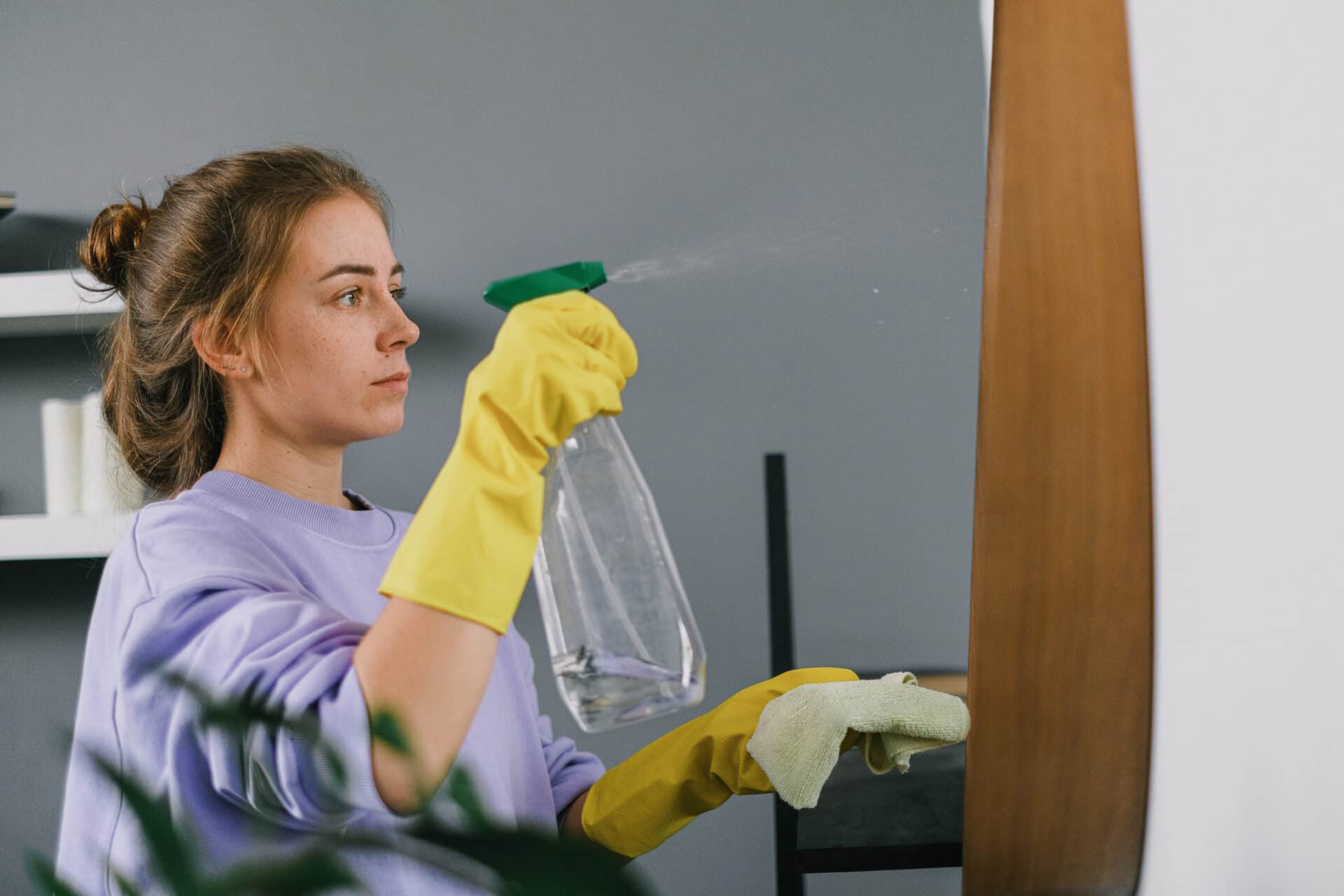The difference between distilled water and sterile water is an important one to understand, as both have very different uses. Distilled water is created through a process of distillation, which involves boiling water and then collecting the steam in a separate container where it is cooled and condensed back into liquid form. This removes many impurities including minerals, bacteria, and toxins from the water. Sterile water, on the other hand, is created using a special filtration process that removes all biological contaminants from the water. It is typically used for medical purposes such as intravenous (IV) solutions or wound care.Distilled water is water that has been boiled and evaporated, leaving behind impurities like minerals and other substances. The vapor that is created is then cooled and condensed back into a liquid form. Distilled water is typically used for drinking, cooking, or in industrial applications like manufacturing or laboratory work. It is free from impurities and can be used to make sure other products are free from contaminants.
What Is Sterile Water?
Sterile water is a type of water that has been specifically treated to remove all forms of bacteria, viruses, and other microorganisms. This type of water is commonly used in medical settings and research laboratories, as it can be safely injected into the body without the risk of contamination. Sterile water is also used in many industrial processes, such as in the production of certain drugs and medical devices. In order to ensure that all microorganisms are eliminated from sterile water, it must go through a rigorous filtration process. This typically involves passing the water through several layers of filters that remove any particles or organisms from the liquid. Once filtration is complete, the water is tested to make sure it meets the necessary standards for sterility.
Sterile water is also used in some medical procedures, such as flushing out wounds or cleaning instruments prior to surgery. In these applications, it is important that all microorganisms are eliminated from the liquid so that there is no risk of infection or contamination during medical procedures. Sterile water can also be used for drinking purposes when specially treated and stored properly. This type of water is often available
Differences In Purification Processes
Purification processes are essential for ensuring the safety and integrity of products. There are several different purification methods that can be used depending on the desired outcome. Each of these processes has its own advantages and disadvantages, so it is important to understand the differences between them in order to choose the best method for a particular application.
The most common purification methods are chemical, physical, and biological processes. Chemical purification involves using chemicals to remove impurities from a material or solution. This is typically done by adding a reagent or by changing the pH of the material. Physical purification involves using mechanical or thermal forces to separate impurities from a material or solution. This can be done through filtration, distillation, centrifugation, or other physical processes.
Biological purification involves using organisms such as bacteria or fungi to break down impurities in a material or solution. This process is often used for water treatment because it can effectively remove contaminants from water without adding any chemicals into the environment.
Each of these methods has its own advantages and disadvantages, so it is important to consider all factors before making a
Semantics and Syntax Differences In Uses
The terms semantics and syntax are two fundamental concepts of linguistics. Semantics refers to the meaning of words, phrases, and sentences, while syntax is concerned with the structure or arrangement of words in a sentence. Both play a vital role in understanding language. While there is overlap between these two concepts, there are also distinct differences in their uses.
Semantics deals with the meaning of words and how they are interpreted by speakers and listeners. It looks at how words can have different meanings in different contexts, and how they relate to each other in a sentence. For example, the word “house” could be used to describe a building or a family. The interpretation of the word would depend on the context in which it was used.
Syntax focuses on the structure of a sentence and how its components fit together to form a meaningful phrase or clause. It looks at how words are arranged according to their function within the sentence, such as nouns, verbs, adjectives, adverbs, etc., as well as grammar rules such as subject-verb agreement. For example, “The cat chased the mouse
Distilled Water vs. Sterile Water For Human Consumption
When it comes to water for human consumption, there are several options available on the market. Distilled water and sterile water are two of the most popular choices. Each has its own advantages and disadvantages, so it is important to understand the differences between them before making a decision.
Distilled water is created through a process of boiling and condensation, which removes most impurities from the water, including minerals, bacteria, and chemicals. It is then stored in either containers or tanks until it is ready for use. Many people prefer distilled water because it does not contain any of the contaminants found in tap water, such as chlorine or heavy metals. However, distilled water does not contain any beneficial minerals or electrolytes either, so it may not be suitable for those who need extra minerals in their diet.
Sterile water is created by passing regular tap water through a series of filters to remove impurities and bacteria. It is then heated to a high temperature before being put into sterile containers for storage until use. Sterile water contains fewer impurities than regular tap water, but still contains some beneficial minerals and electroly

Distilled Water vs. Sterile Water For Medical Purposes
Distilled water and sterile water are two types of purified water used for different medical purposes. Distilled water is created by boiling water and collecting the resulting vapor, whereas sterile water is treated with chemicals or ultraviolet radiation to remove all bacteria and other microorganisms. Both types of water have their own advantages and disadvantages when it comes to medical use.
Distilled water is a good choice for medical use because it does not contain any mineral content or bacteria that could cause contamination. It also has low levels of heavy metals, such as lead, which can be hazardous to human health. However, distilled water can be prone to bacterial growth over time if not stored properly in a sealed container.
Sterile water, on the other hand, has been treated to eliminate all bacteria and other microorganisms from the solution. This makes it a much better choice for certain medical procedures, such as wound care or intravenous injections, where the risk of contamination must be minimized. The downside to sterile water is that it may contain trace amounts of chemicals used
Distilled Water vs. Sterile Water For Cleaning
When it comes to cleaning, there are two types of water that are commonly used: distilled water and sterile water. Distilled water is created by boiling water and collecting the steam as it evaporates. This process removes all of the impurities and minerals from the water, making it virtually free of any contaminants. Sterile water is treated with a special filtering process that removes even the smallest particles of impurities, including bacteria, viruses, and fungi. While both types of water can be used for cleaning, there are some key differences between them that should be taken into consideration.
The main difference between distilled and sterile water is in the level of purity they provide. Distilled water is considered to be very pure, while sterile water is even more so. This means that when using either type of water for cleaning purposes, you can be sure that any contaminants present will be significantly reduced or eliminated altogether. Another advantage to using sterile water is that it has a longer shelf life than distilled water due to the additional purification process it undergoes.
When it comes to cost, distilled water tends to be less expensive than sterile
Distilled Water vs. Sterile Water For Industrial Purposes
Industrial water usage often requires water of a certain quality and purity. In many industries, distilled water and sterile water are two of the most common types of water used for specific purposes. Although both are similar in some ways, there are key differences between them that must be taken into consideration when selecting which type to use for a given application.
Distilled water is created by boiling the source water and collecting the steam that forms as a result. The steam is then condensed back into liquid form and collected as distilled water. This process removes minerals and other impurities from the source water, making it clean and pure. It is commonly used in many industries, including food and beverage production, pharmaceuticals, and electronics manufacturing due to its purity levels.
Sterile water, on the other hand, is created through a filtration process that uses special filters to remove bacteria and other contaminants from the source water. The filtration process also involves treating the source with ultraviolet light or chemical disinfectants to further reduce microbial content in the final product. It is primarily used in medical settings where extreme sterility is

Conclusion
Distilled water and sterile water are two different forms of water that have their own unique properties and uses. Distilled water is created through the process of distillation, which involves boiling and condensing pure water. It is often used for drinking, cooking, medical procedures, automotive applications, and more. Sterile water is a form of purified water that has been sterilized to remove any microorganisms or particles that may be present. It is primarily used in medical settings for intravenous injections or other procedures that require an extremely clean and safe environment. Both distilled and sterile waters can be beneficial for different applications, depending on the needs of the user.
In conclusion, while both distilled water and sterile water have their own unique properties and uses, it is important to understand the differences between them so that you can make an informed decision when choosing one over the other. Understanding these differences can help ensure that you are using the right type of water for your specific needs.

